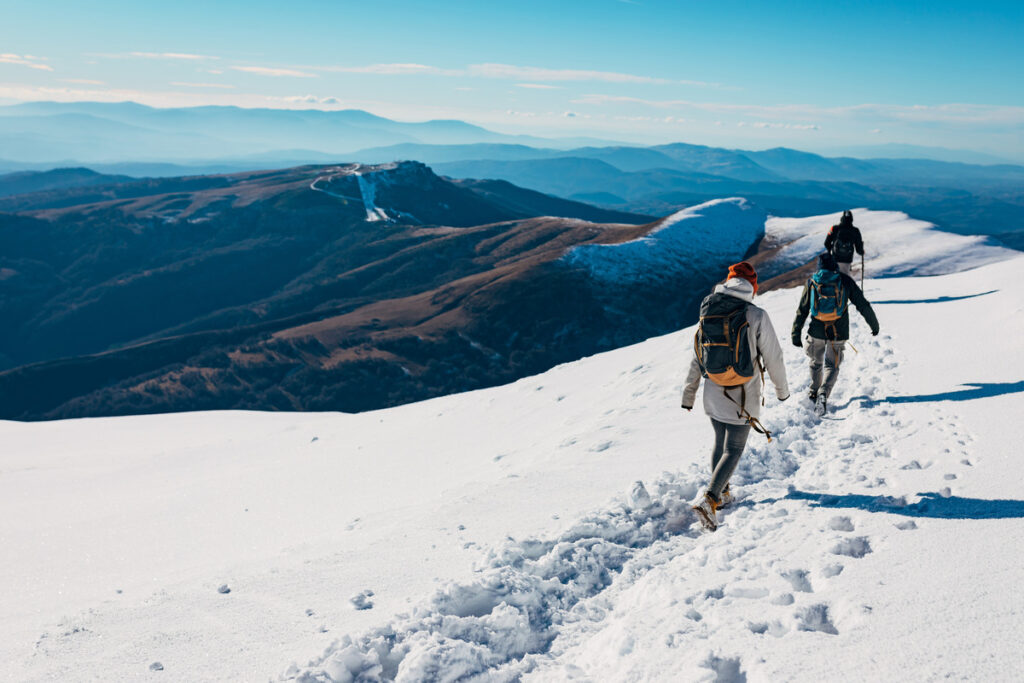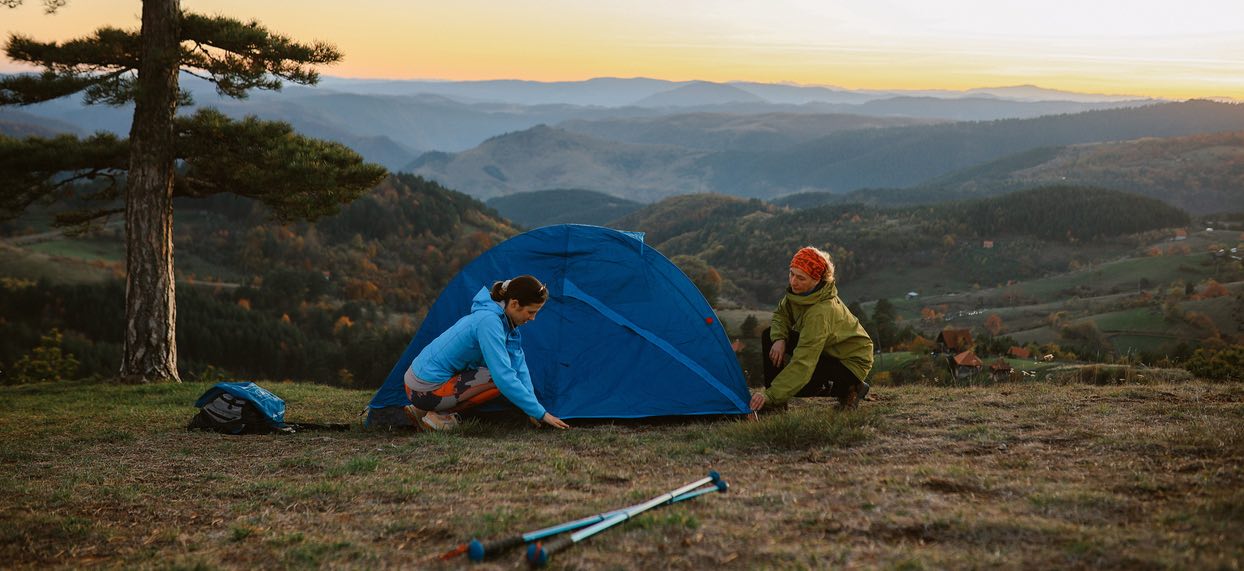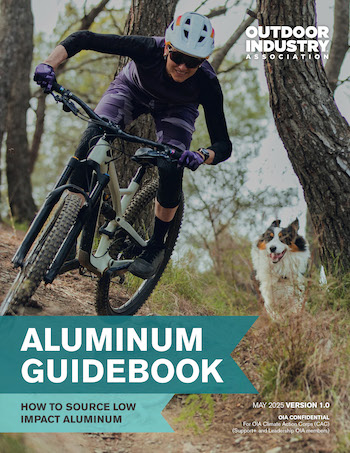
OIA Research Now Offers Key Reports for Purchase – Membership May Be More Economical.
The Outdoor Industry Association (OIA) understands that data-driven decisions are crucial for business success. That’s why OIA Research exists: to provide actionable insights that boost your bottom line, get more Americans engaged in outdoor recreation, build stronger outdoor businesses and a stronger outdoor economy.
We dive deep into the outdoor economy utilizing data from Circana (formerly NPD), the Physical Activity Council, and our own research to deliver the business intelligence, participation insights, and market trends that outdoor organizations need to lead with clarity and confidence.
We also keep you informed about the macroeconomic trends impacting the outdoor market. OIA Research provides updates on customer sentiment, GDP, employment trends, and analyzes the U.S. Bureau of Economic Analysis (BEA) Outdoor Recreation Economic Impacts report each year to help you understand the broader economic context in which your business operates.
Whether you’re targeting consumers, tracking market trends, or benchmarking your financial performance, OIA Research has you covered. And now, to make these powerful resources more accessible, OIA is offering individual purchases of some of its most valuable reports.
Unlocking Insights: OIA’s Research Suite
OIA’s comprehensive research suite provides data-driven insights across a wide range of topics:
- Outdoor Consumer Insights: Get to know your customer. This proprietary dataset provides in-depth information on average spend by segment (core, moderate, and casual), motivations for participating in outdoor recreation, the customer journey, and key demographics. Understand who your customers are and what drives their purchasing decisions. The initial report focuses on retail behavior and independent specialty retailers.
- Outdoor Participation Trends Report: The definitive source for participation data. This annual report, compiled with the Physical Activity Council, tracks participation rates across 46 different outdoor activities. Access insights into demographics, recreation venues, participation frequency, and trends in new and lost participants. Understand who’s participating, where they’re going, and how participation is changing over time.
- Single Sport Reports: For granular insights into specific activities, the Single Sport Reports provide a treasure trove of raw data. Explore participation trends across different sports and activities in detail, utilizing data that includes year-to-year changes, detailed demographic profiles by gender, as well as insights into core versus casual participants and cross-sport involvement. Note: this report focuses on the data itself, without offering in-depth analysis or pre-packaged insights. If you’re a data-driven decision-maker who enjoys digging deep and drawing your own conclusions, these reports are for you.
- Category Reports: Dive deep into specific product categories. These reports combine retail trends, consumer intelligence, and participation data to provide a holistic view of the target audience for outdoor footwear and apparel. Understand consumer trends and learn how to capitalize on them in product development, marketing, distribution, and sales.
- Retail Sales Trends: Keep your finger on the pulse of the outdoor retail market. Powered by Circana, these reports analyze point-of-sale data to track dollar sales, unit sales, and average retail sales prices for outdoor apparel, equipment, accessories, and footwear. Monthly reporting provides ongoing insights into trends across key channels: Athletic Specialty and Sporting Goods (e.g., Dick’s, Big 5, REI), independent outdoor specialty retailers, and online retail. An annual Retail Sales Report is published each March.
- Holiday Report: A timely reference on market conditions and consumer trends likely to impact the 2025 holiday shopping season including consumer spending, retail trends, hot product trends, and more. Due out late September to inform your holiday push.
- Financial and Operational Benchmarking Report (2024): Benchmark your company’s financial performance against industry peers. Based on proprietary data from over 50 outdoor companies, this report provides insights into profit and loss, operations costs, sourcing, and more. Compare your performance with others in your manufacturing categories and identify areas for improvement. (Footwear, apparel, hard goods, and outdoor accessories)
- Research Consulting and Custom Work: Need tailored insights? OIA Research provides personalized, custom research based on your specific needs.
Expanded Access: Purchase Key Reports Individually
Now, you can access some of OIA’s most valuable research without a full membership commitment. The highly sought-after Annual Participation Trends Reports, Single Sport Reports, and the insightful Consumer Insights Report are now available for individual purchase.
OIA Research is designed to help you:
- Make informed decisions based on solid data.
- Identify and capitalize on emerging trends.
- Target the right consumers with the right products.
- Optimize your product offerings and marketing strategies.
- Improve your operational efficiency and profitability.
Before you click “buy,” be sure to compare the cost with OIA membership. OIA members receive access to all of these reports, along with many other benefits, making membership a potentially more cost-effective solution if you need access to multiple reports.
Don’t miss out. Unlock the power of OIA Research and take your outdoor business to the next level.
- OIA reports, analyses, and custom projects will all assist in bettering your company, and can assist in getting data-driven insights for success.
- Reports will be sold to non-members, but membership can sometimes be the less expensive option.
- Don’t hesitate to check OIA’s website to explore those options.
Visit outdoorindustry.org/researchsales.com to explore report purchase options and compare them to the benefits of OIA membership.





 Introducing OIA’s Aluminum Guidebook
Introducing OIA’s Aluminum Guidebook